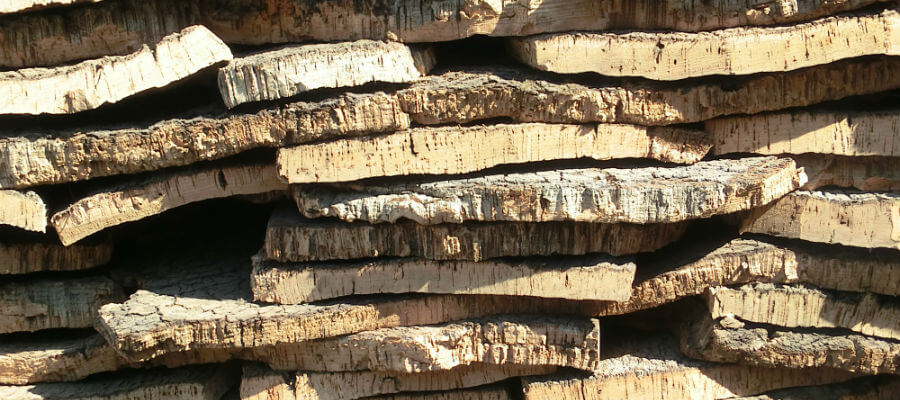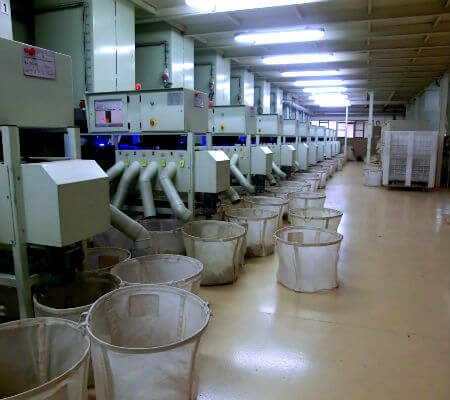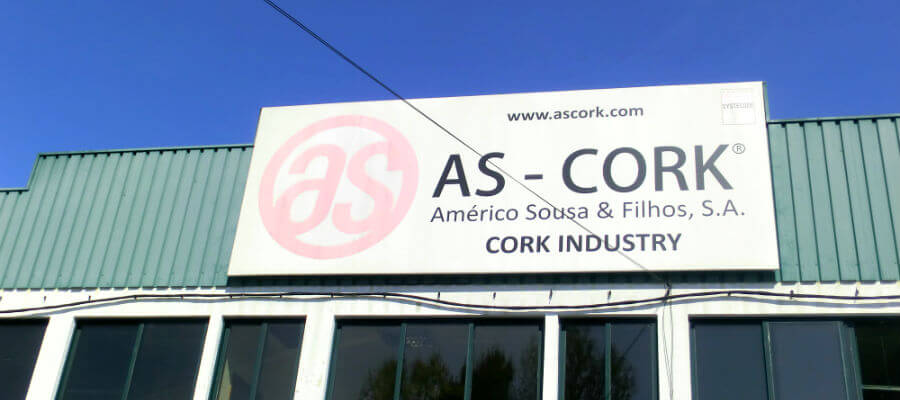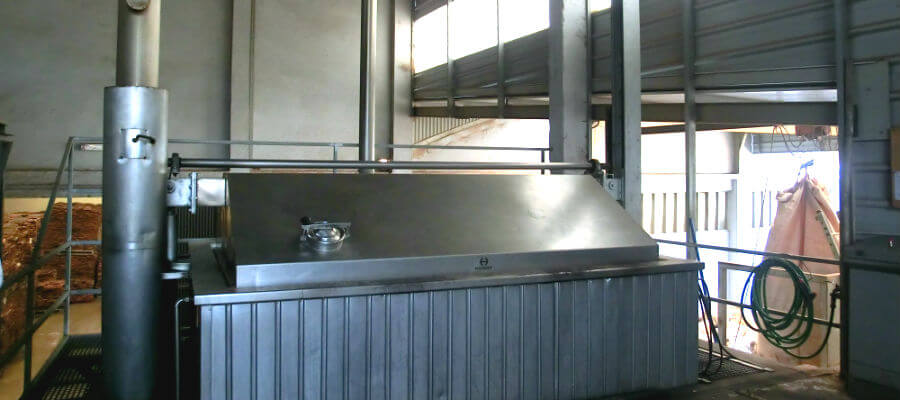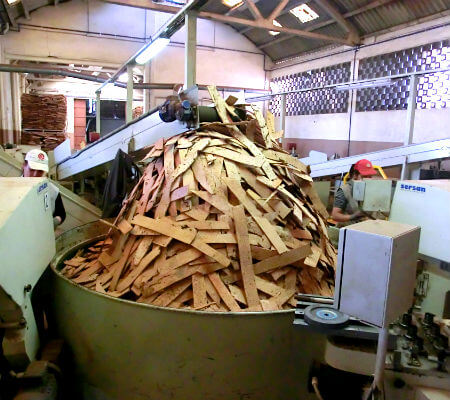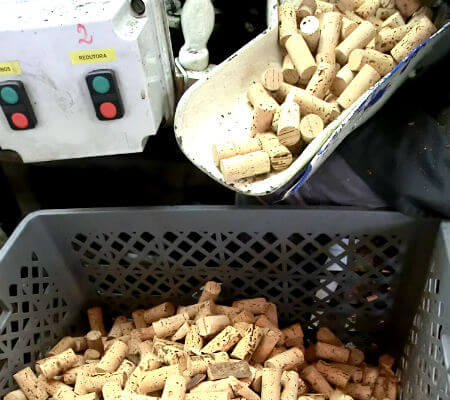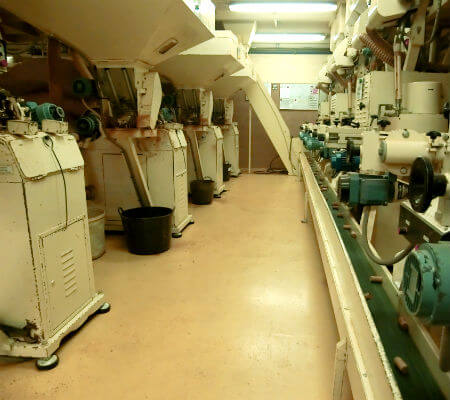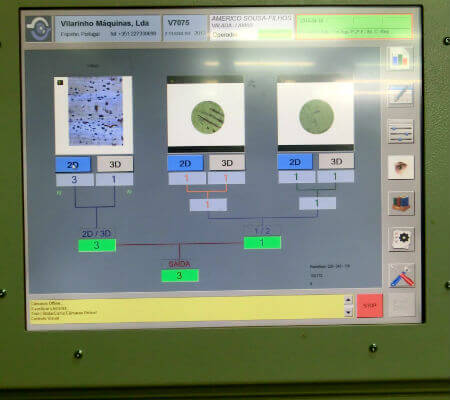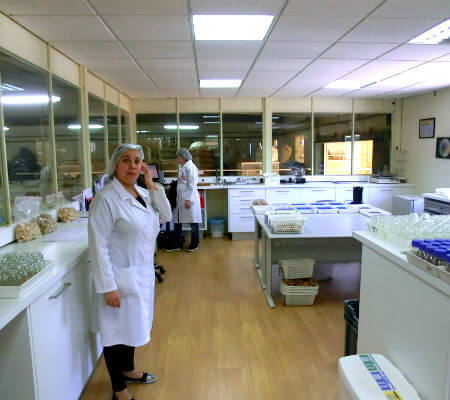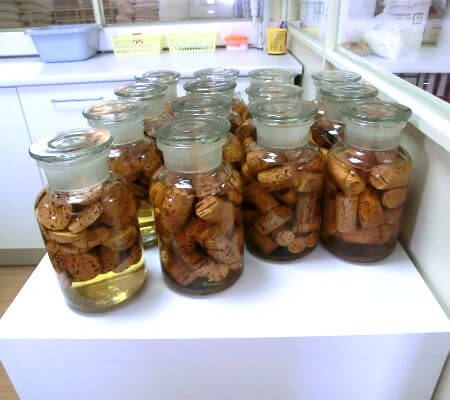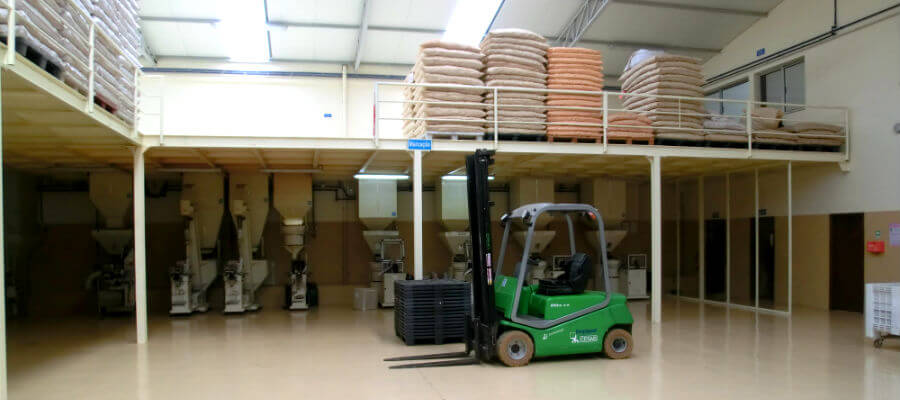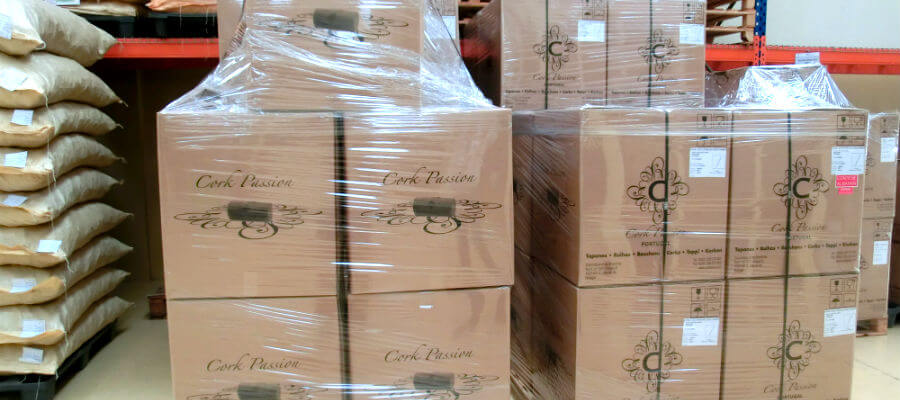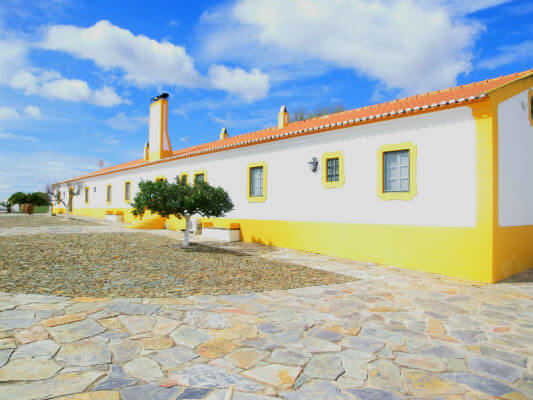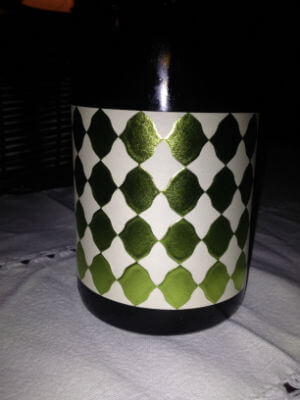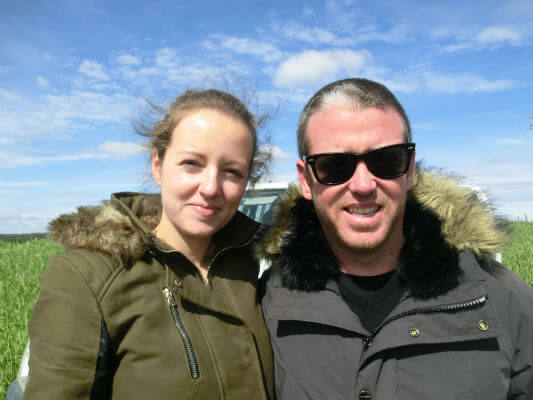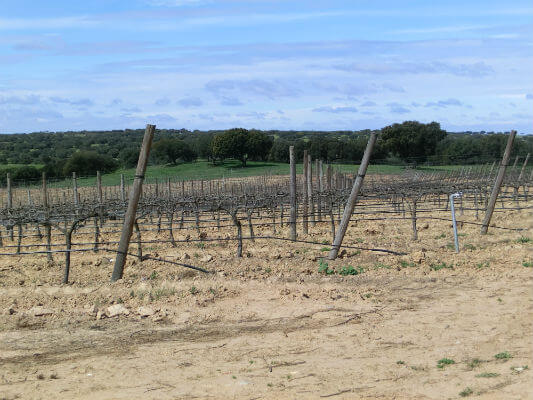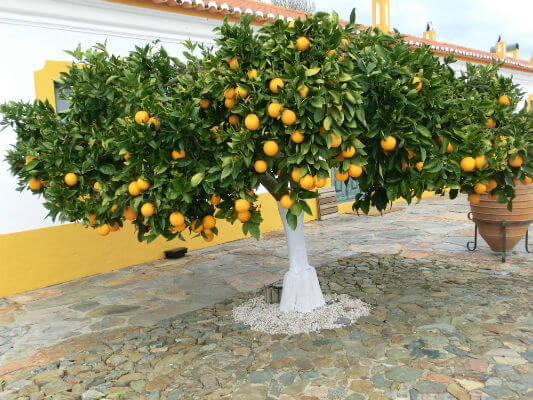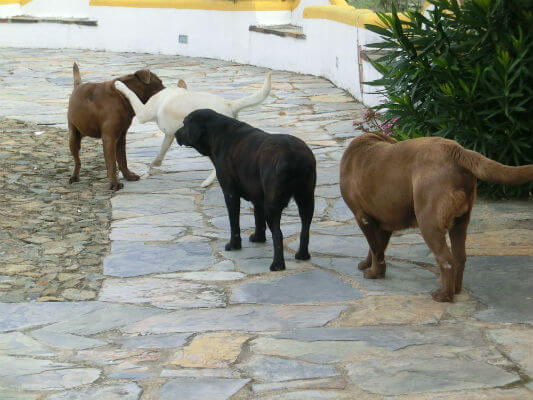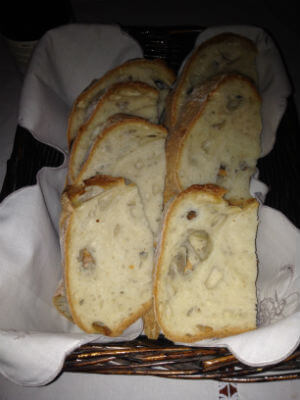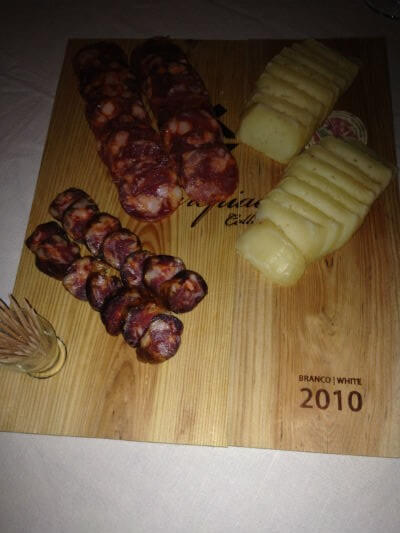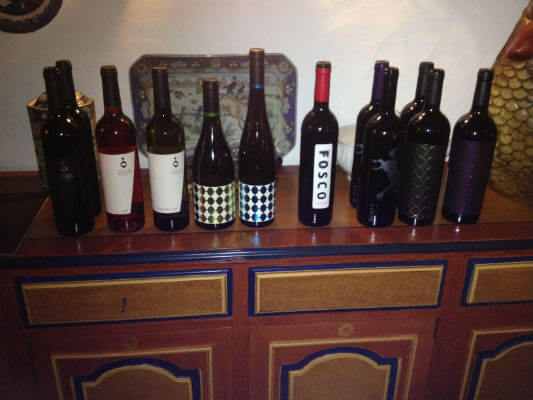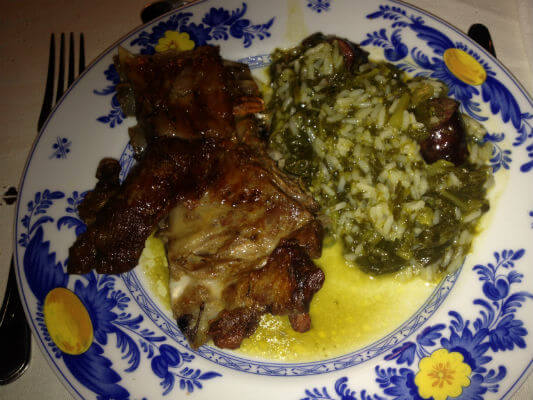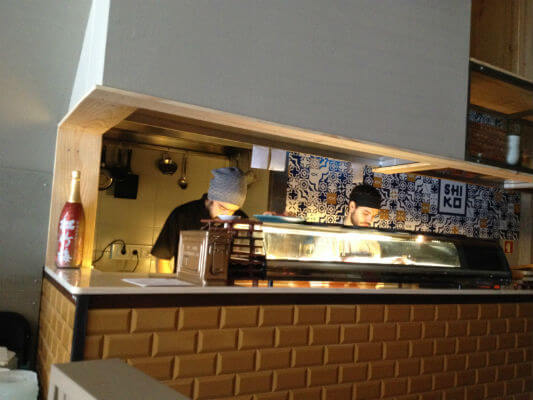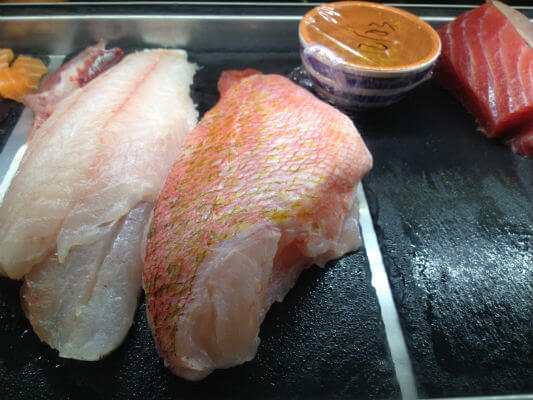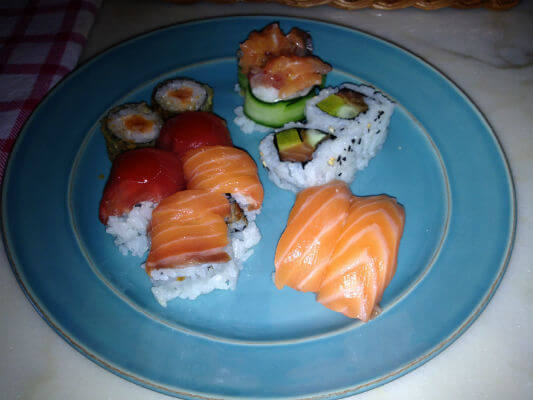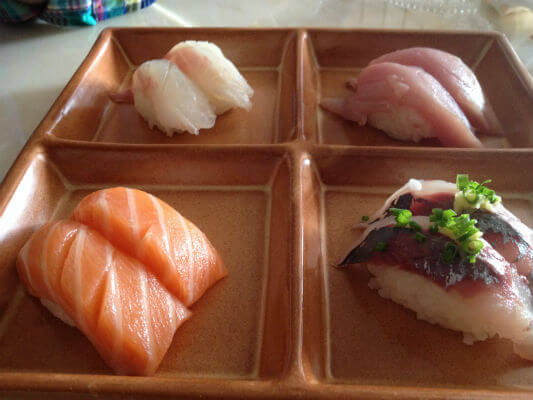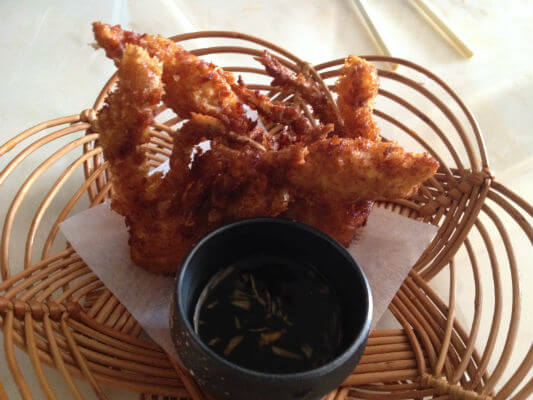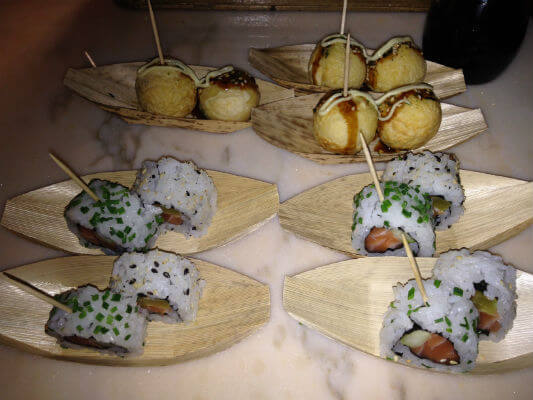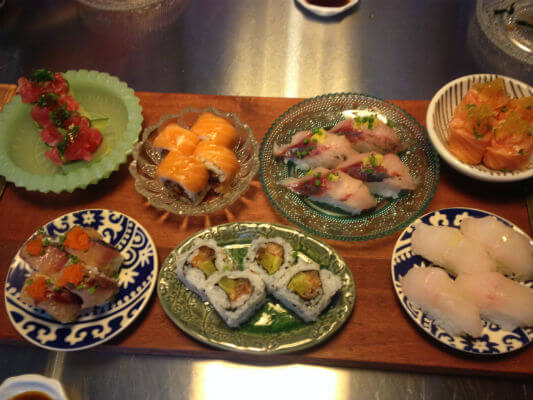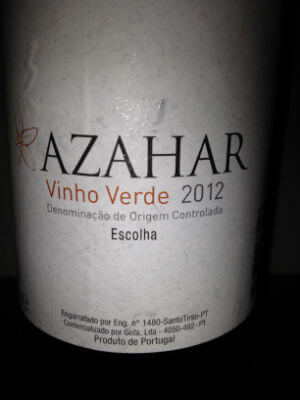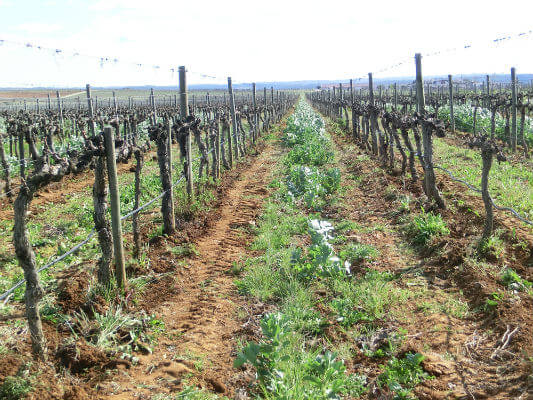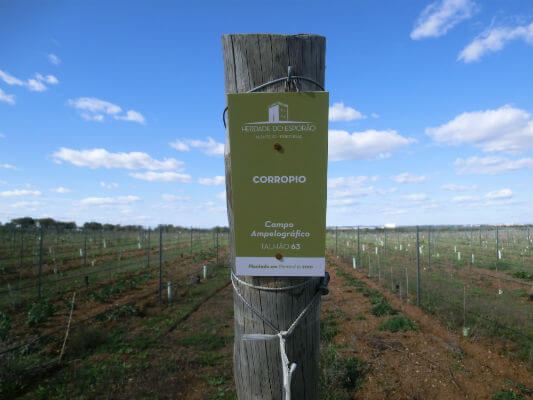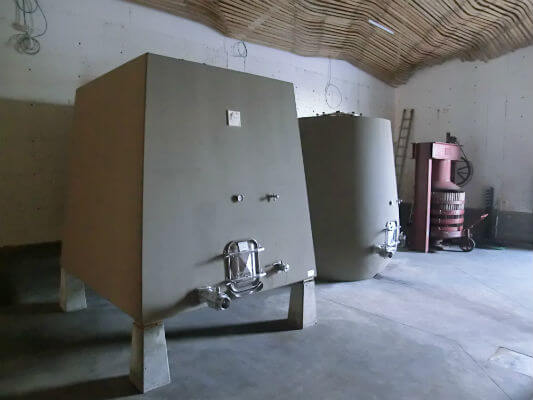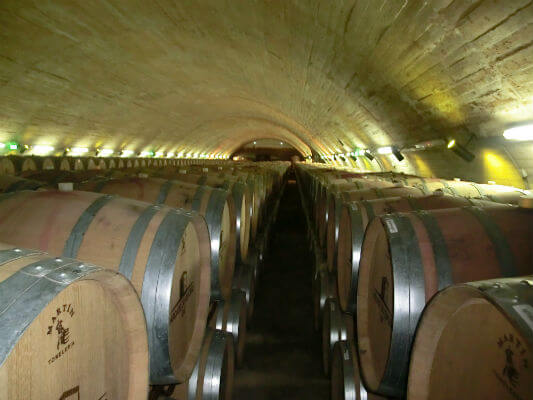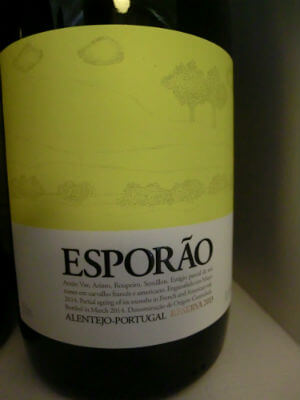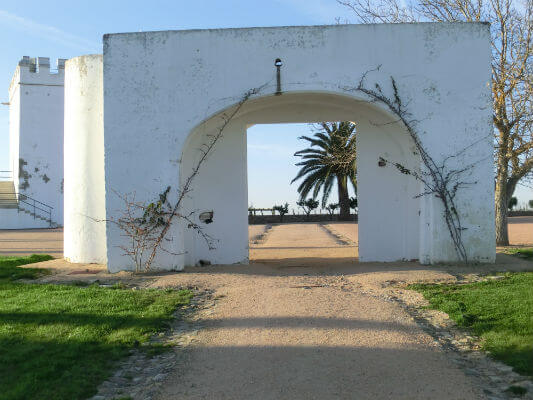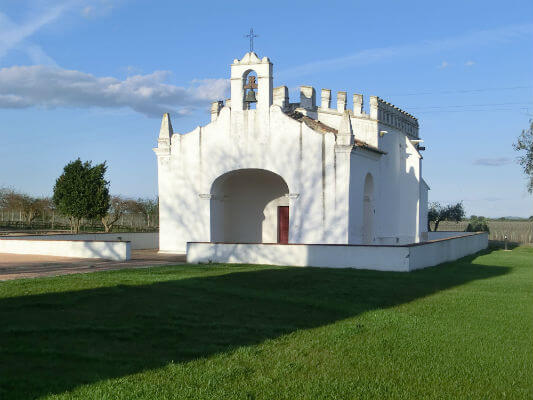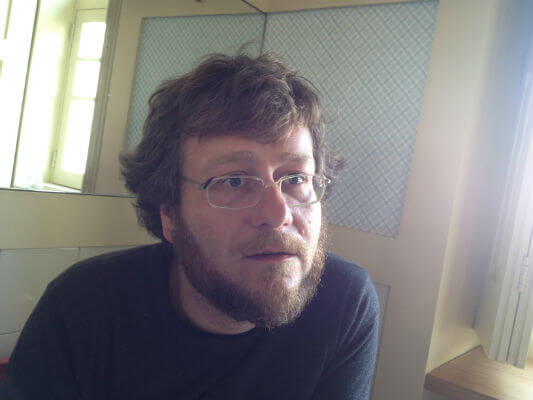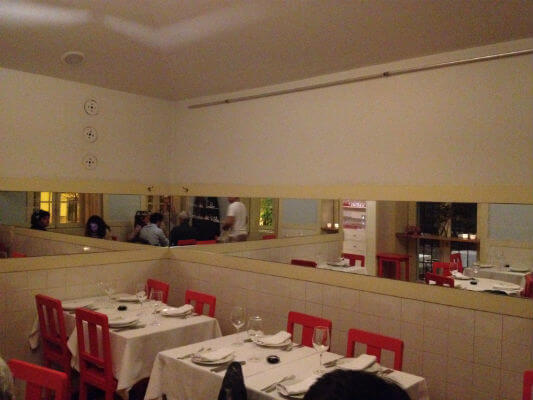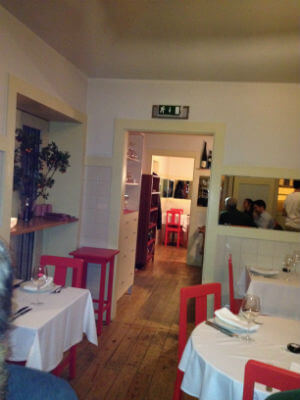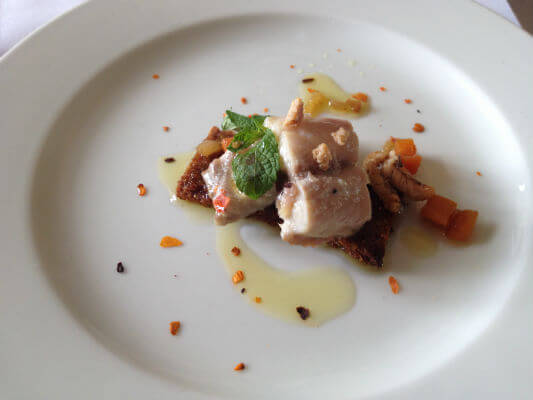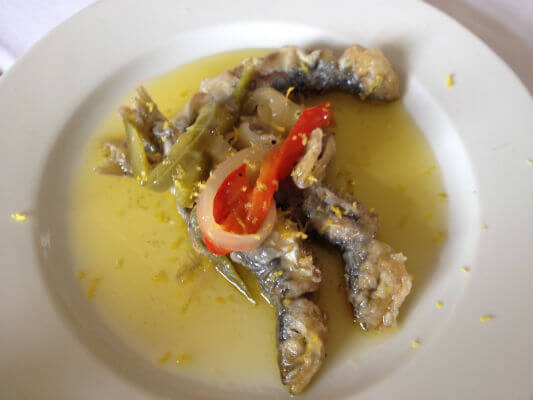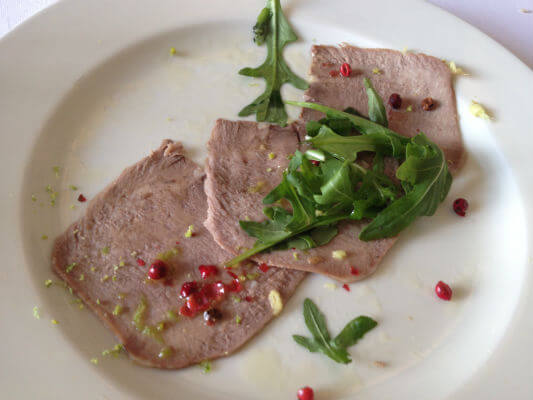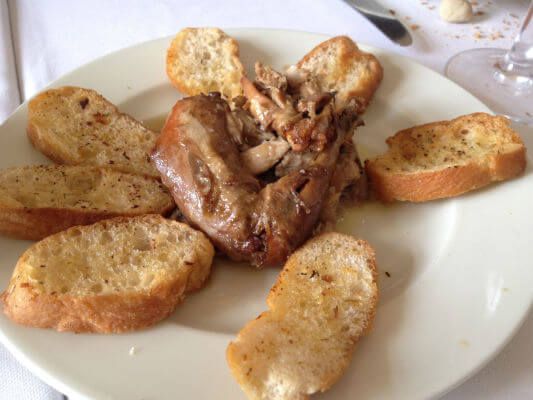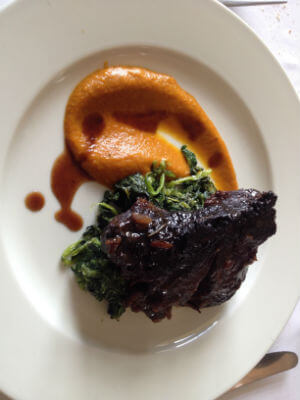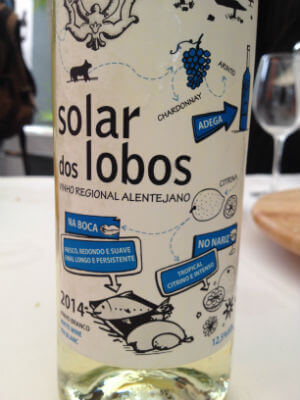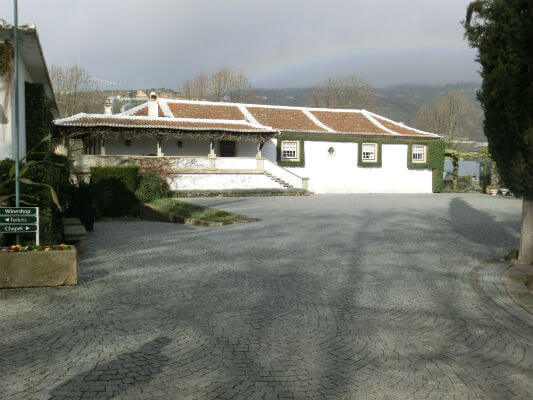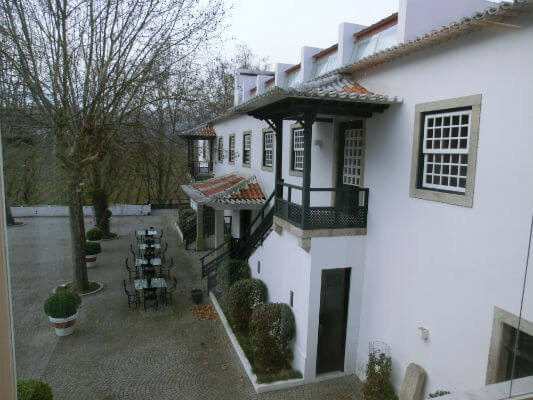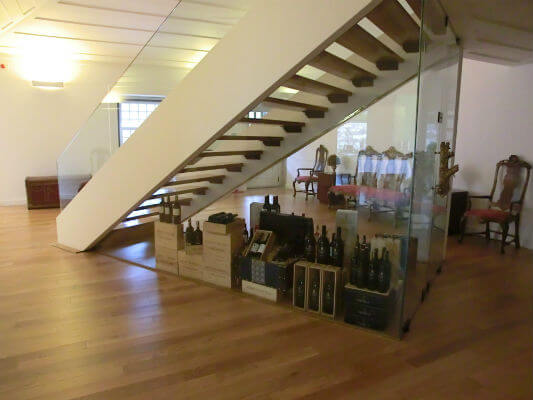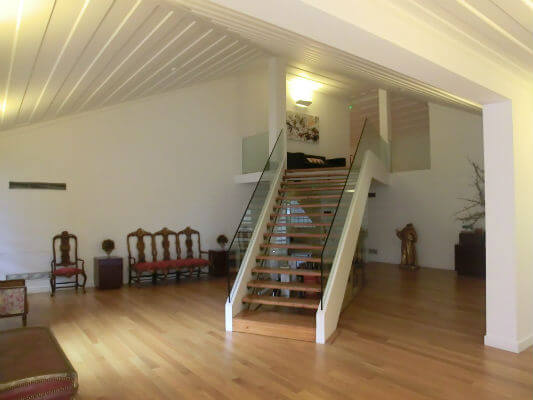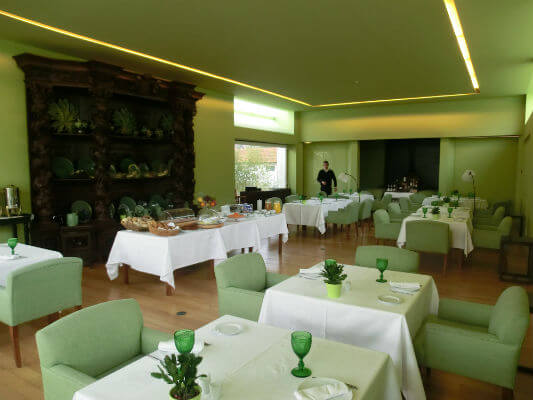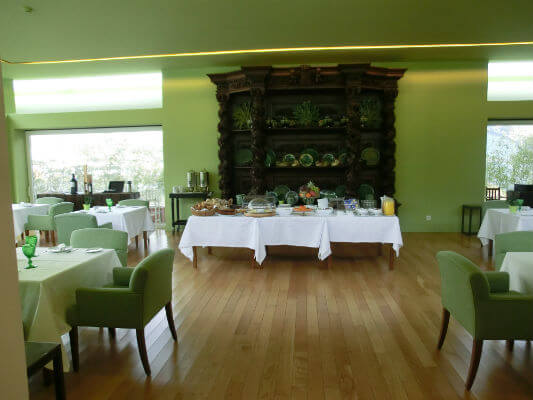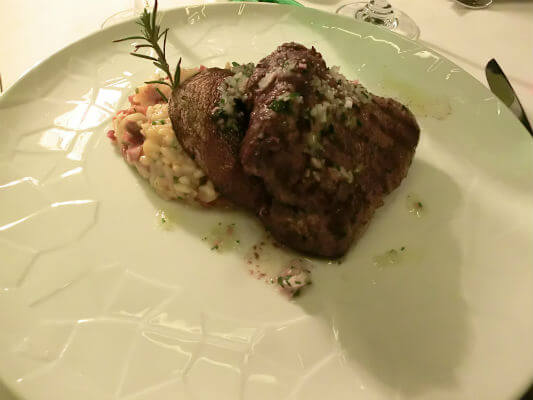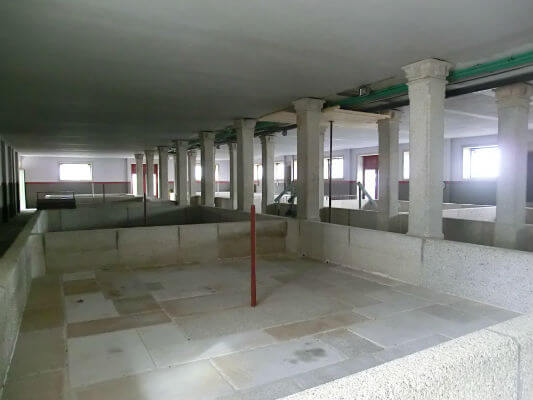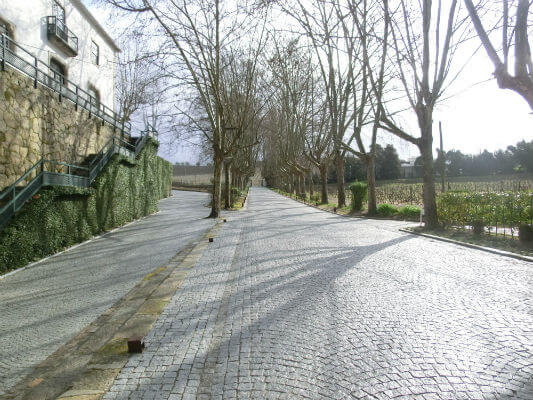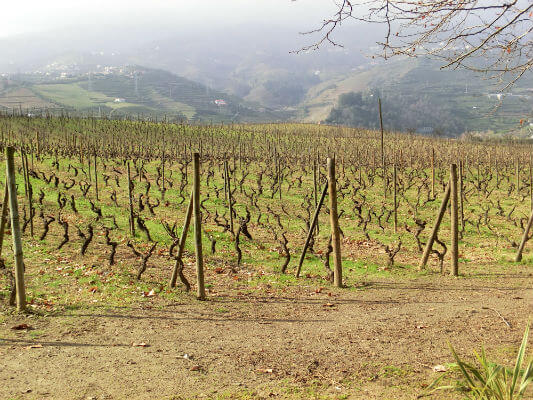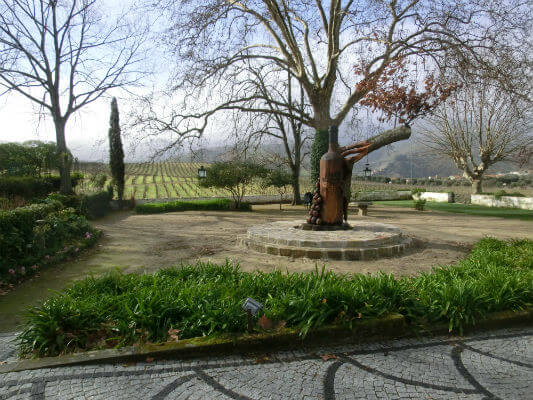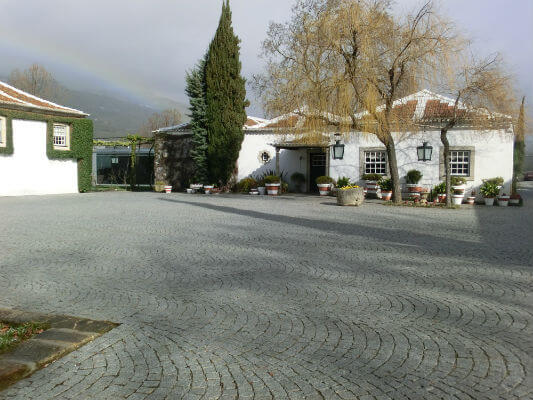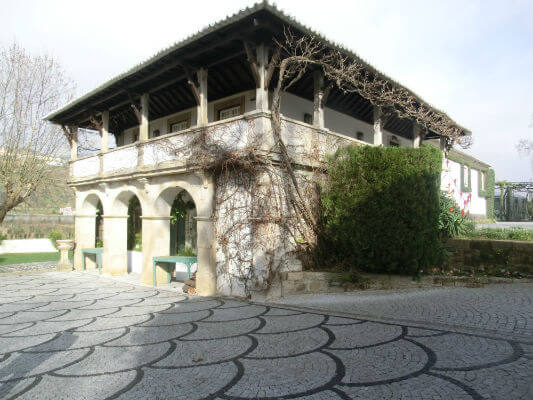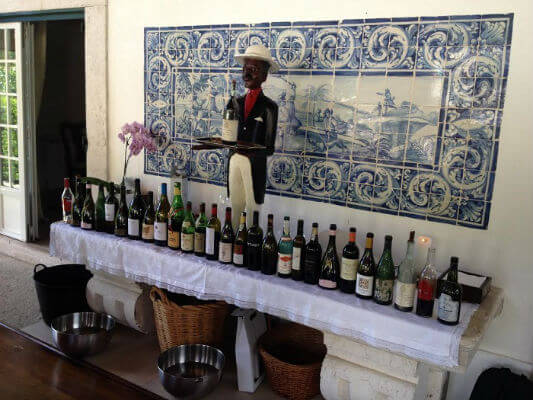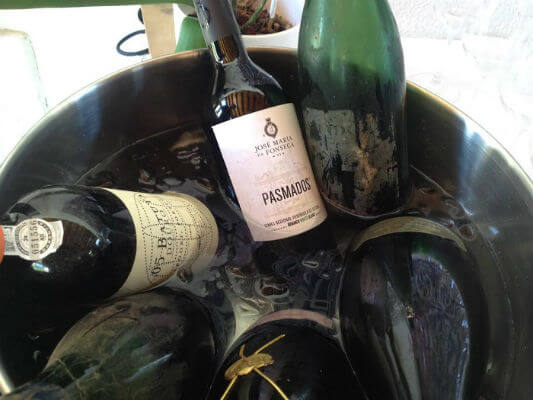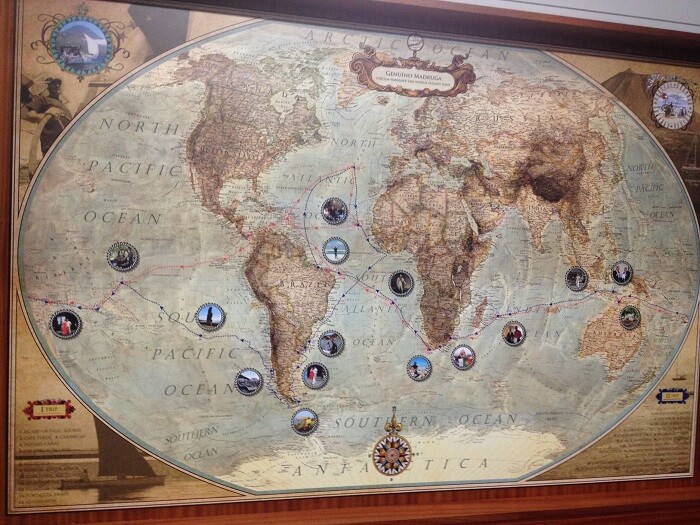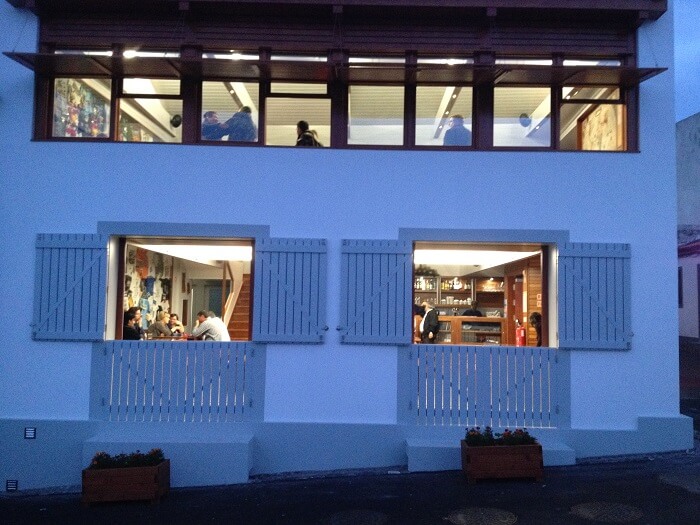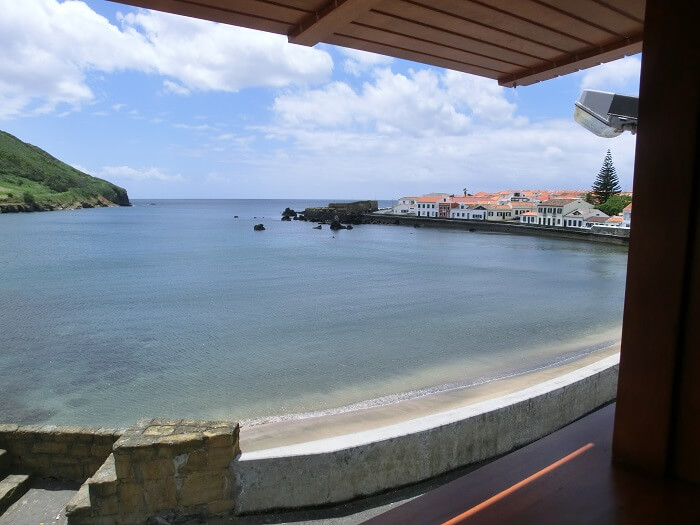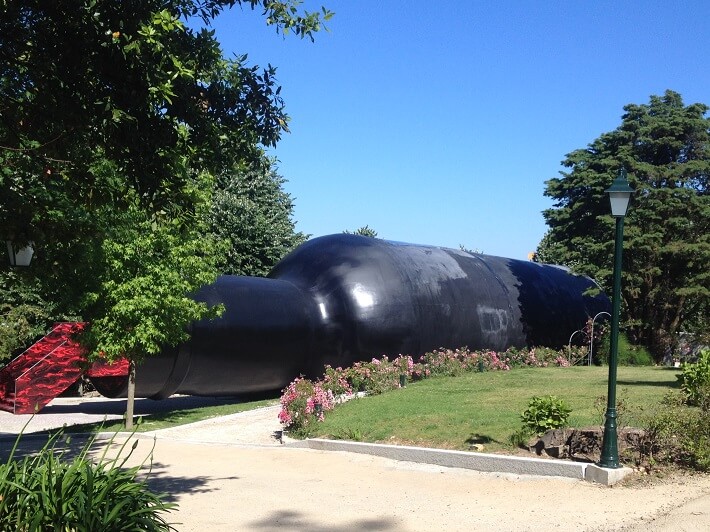In the Bairrada Region, a Producer With a Great Tradition
Text José Silva | Translation Jani Dunne
I remember many years ago, in cafés in Lisbon, it was customary to order “A bica (espresso) and a São Domingos!”

Aguardente Bagaceira (Marc Spirit) Caves São Domingos © Blend All About Wine, Lda
This São Domingos was the brandy made by Caves São Domingos, and very popular as a high quality spirit. Times went by, drinking spirits became less and less popular due to a law that emerged in the meantime, but Caves São Domingos are still there and, among many other products, they produce this and other very high quality drinks.

Caves São Domingos are Still There © Blend All About Wine, Lda
The cellars still include the facilities in Anadia, but have been growing and have been producing not only more wines and spirits, but also a broader variety of products.
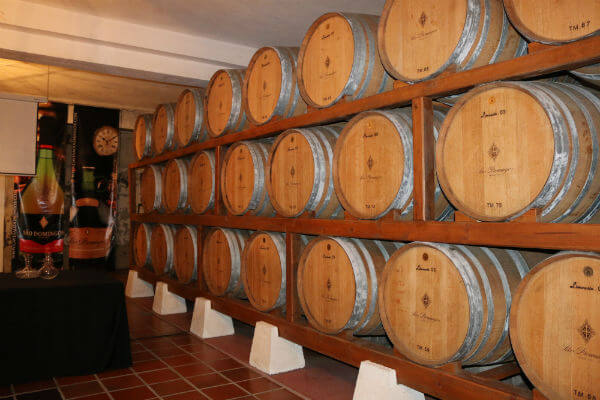
Their Prestigious Brandies © Blend All About Wine, Lda
Although the main – and most renowned – product is the sparkling wine, their prestigious brandies have kept the traditional customers coming as well as broadening the range of consumer types, who search more and more for genuine products. Table wines, from the regions of Bairrada and Dão, have taken over the front page of the company’s portfolio.
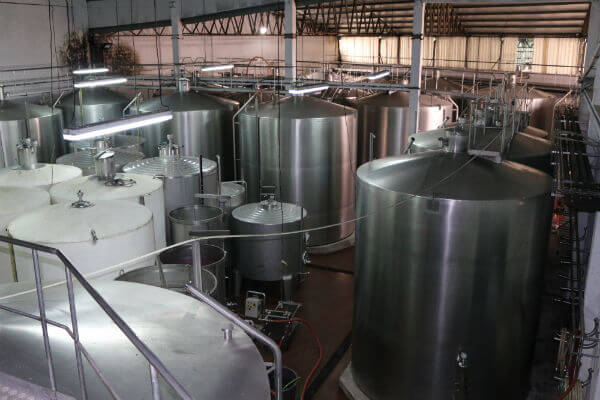
Modern Cellar © Blend All About Wine, Lda
All these developments make them want to stay up-to-date, which is why the company now has a modern cellar and all the technology available – especially the Cold Chain that enables them to make modern attractive wines. Furthermore, they can also keep producing sparkling wines distinguished by national and international experts, and by the end customers.
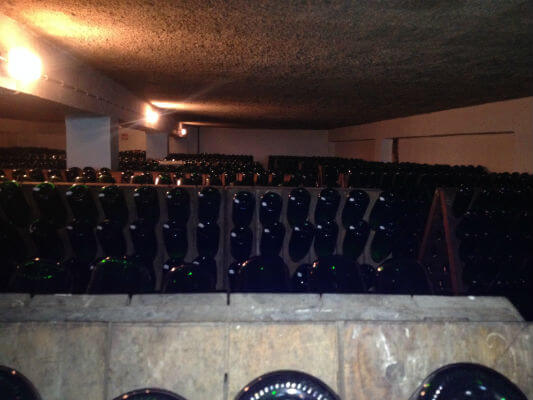
More Than 2 Million Bottles – Photo by José Silva | All Rights Reserved
In their cellars now age more than two million bottles of sparkling wine, of several categories, and which are released in the market according to demand.
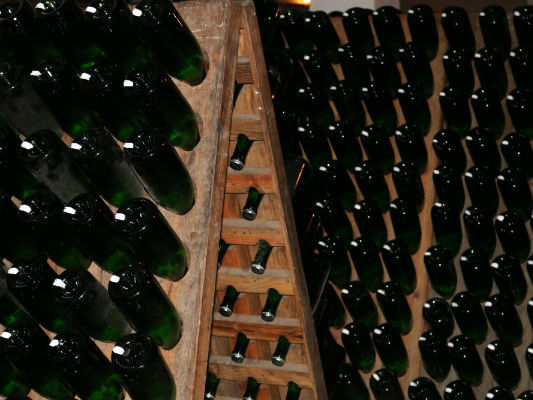
Traditional Riddling Wine Racks © Blend All About Wine, Lda

Coexisting With The Most Modern Method of Remuage – Photo by José Silva | All Rights Reserved
They still rest in the traditional riddling wine racks, where bottles are turned by hand every day. Those racks coexist with the most modern method of remuage (turning bottles periodically) and allow for producing a larger amount of sparkling wine while ensuring the quality.
Thanks to great care in dissemination, participation in countless national or international fairs and wine tasting events throughout the country, sparkling wines are more and more consumed with the rich Portuguese cuisine, which goes far beyond roasted suckling pig – although a still very popular and very good natural partner.

Demi-johns © Blend All About Wine, Lda
This is also where they store the liqueur demi-johns and the ageing casks for several brandies produced in those cellars. The latter are known in many markets as the best in Portugal. São Domingos wines are made of grapes from their own vineyards and other producers’ vineyards in Bairrada and Dão, who the company assists with technical matters, ensuring top quality raw materials.
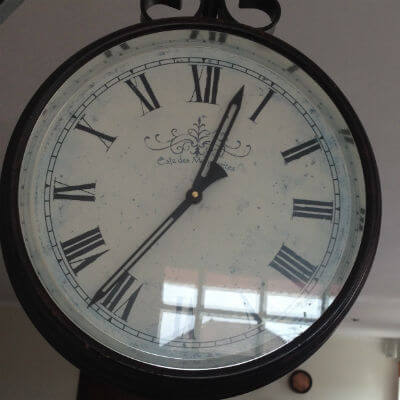
The Old Wall Clock – Photo by José Silva | All Rights Reserved
In the main room, the old wall clock reminded us that it was time to taste some wines. So we did, with Caves São Domingos white 2014, of floral aromas and some citrus lending the Maria Gomes and Bical varieties. In the mouth, it feels velvety, slightly citrusy, flavourful and very enjoyable. Next was Volúpia White, also a 2014, although comprising Sauvignon Blanc, Chardonnay and Maria Gomes varieties – a modern wine and very fresh, very mineral, with excellent volume in the mouth, very balanced acidity and filled with elegance. – For a more detailed insight of these white wines please check João Pedro de Carvalho previous article here.

Velha Reserva Brut 2008 © Blend All About Wine, Lda
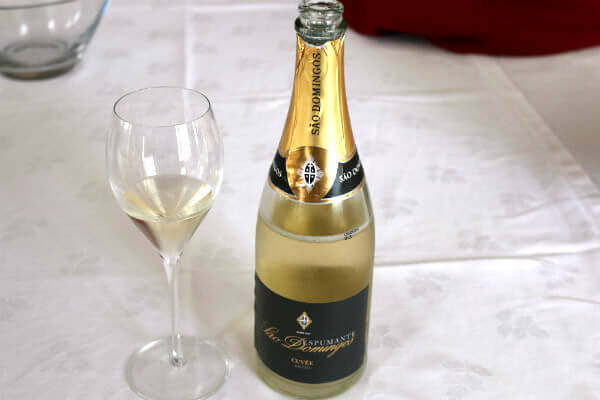
Cuvée Brut 2011 © Blend All About Wine, Lda
Then, the sparkling wines. First, Velha Reserva Brut 2008, made of Pinot Noir and Chardonnay, very fresh floral notes in the nose, hay, brioche and a little hint of toast. The bubble is very fine and elegant, it was refreshing in the mouth with notes of nuts. Following, the Cuvée Brut 2011, with Baga and Sauvignon Blanc, had some complexity in the nose, it was fruity, with dry notes, a very refined bubble, very refreshing in the mouth with a hint of toast, very soft notes of almond – a very elegant sparkling wine.
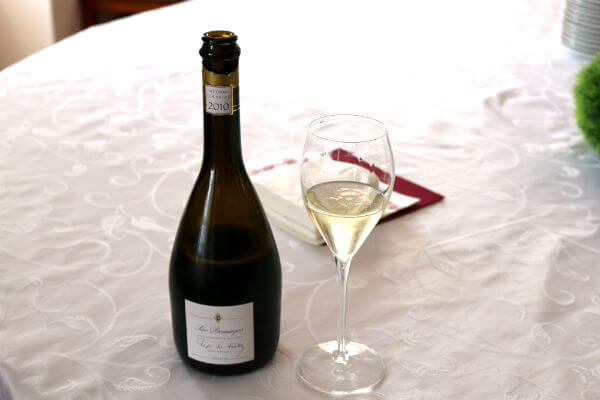
Lopo de Freitas Brut 2010 © Blend All About Wine, Lda
Finally, we tasted Lopo de Freitas Brut 2010, already a classic wine by this company. Cerceal and Chardonnay make an excellent match, their bubbles very refined, slightly fruity aromas, somewhat exotic. In the mouth, it has excellent acidity; it is full, creamy, with light notes of nuts and a lasting and pleasant finish.

Roast Suckling Pig – Photo by José Silva | All Rights Reserved

Some Citiric Suggestions – Photo by José Silva | All Rights Reserved
Present in the roast suckling pig was Blanc de Blancs Brut 2011: very fresh, mineral and with some citric suggestions, great acidity and battling the pork.

Blanc de Blancs Brut 2011 – Photo by José Silva | All Rights Reserved
To finish, “an espresso and a São Domingos”, of course…
Contacts
Caves do Solar de São Domingos, S.A.
Ferreiros – Anadia
Apartado 16
3781-909 Anadia – Portugal
Tel: (+351) 231 519 680
Fax: (+351) 231 511 269
E-mail: info@cavesaodomingos.com
Website: www.cavesaodomingos.com



